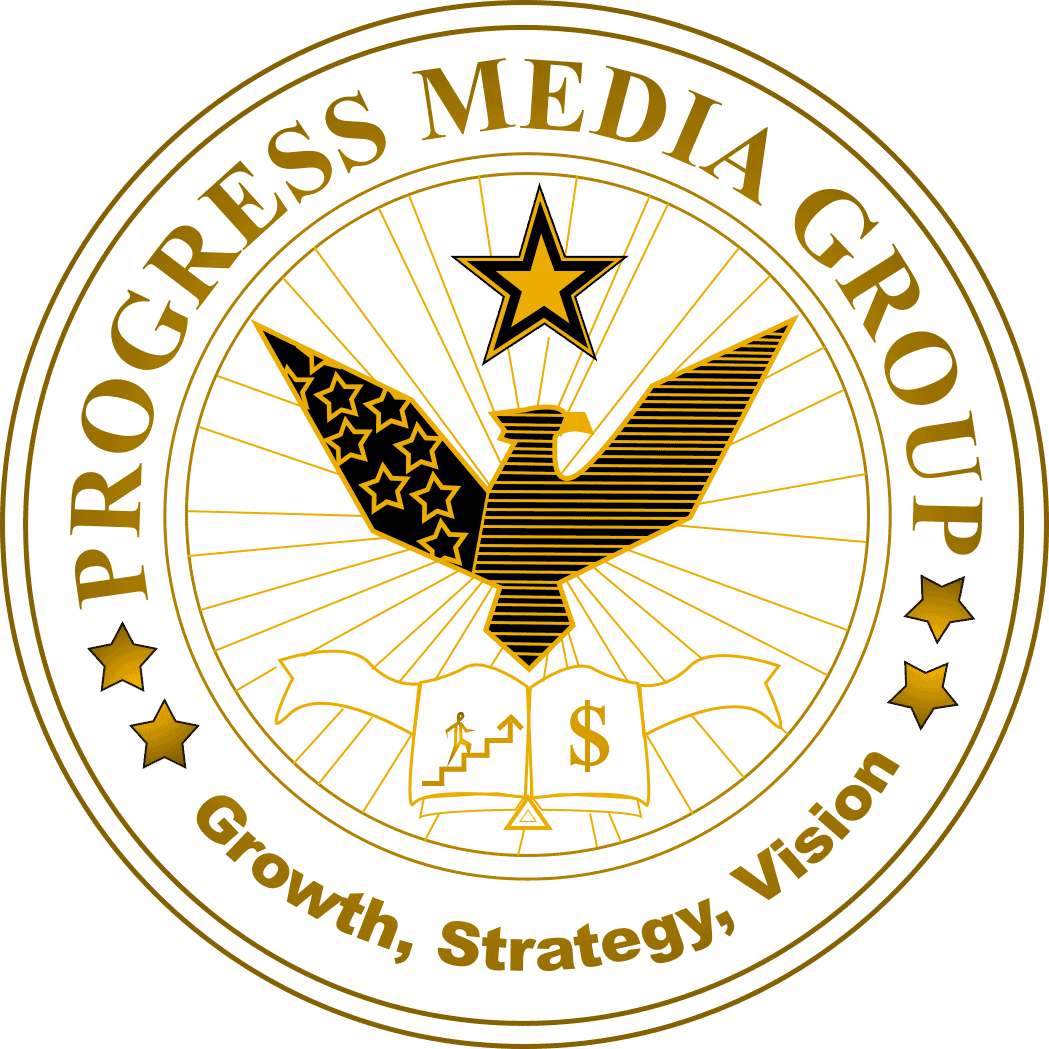Unleashing Creativity on a Budget: Stunning Website Design for Less
In today’s digital age, having a visually appealing and user-friendly website is crucial for businesses of all sizes. However, many entrepreneurs and small business owners often find themselves faced with a dilemma: how can they unleash their creativity and design a stunning website without breaking the bank? Well, fear not! In this blog post, we will delve into the world of budget-friendly website design and explore the various techniques and strategies you can employ to create a captivating online presence without draining your wallet. If you think that stunning website design is only reserved for those with deep pockets, think again! With a little bit of creativity, resourcefulness, and a sprinkle of know-how, you can achieve remarkable results without burning a hole in your pocket. In this comprehensive guide, we will walk you through step by step, showcasing the best practices and insider tips to help you unleash your creativity and design a website that will leave a lasting impression on your visitors. So, whether you’re a budding entrepreneur looking to establish an online presence or a small business owner seeking to revamp your existing website, this blog post is for you. Get ready to discover how to create a stunning website that not only reflects your brand’s unique personality but also fits within your budget constraints. So, let’s dive right in and uncover the secrets of budget-friendly website design that will empower you to showcase your creativity without compromising on quality.
Understanding the Importance of Website Design
When it comes to creating a successful online presence, website design plays a crucial role. Your website is often the first point of contact for potential customers, and it’s essential to make a positive impression right from the start. A well-designed website not only captures attention but also builds trust and credibility with your audience. So, let’s dive deeper into why website design is so important.First and foremost, your website design sets the tone for your brand. It showcases your unique personality and helps you stand out from the competition. A visually appealing and cohesive design can instantly grab attention and create a memorable experience for visitors. On the other hand, a poorly designed website can leave a negative impression and drive potential customers away.Additionally, user experience (UX) is another critical aspect of website design. A user-friendly interface ensures that visitors can navigate through your site effortlessly, find the information they need, and complete desired actions such as making a purchase or filling out a contact form. By prioritizing UX in your design, you enhance customer satisfaction and increase the likelihood of conversions.Furthermore, an aesthetically pleasing website design contributes to improved search engine optimization (SEO). Search engines like Google consider factors such as page load speed, mobile responsiveness, and overall user experience when ranking websites in search results. By investing in an attractive and functional design, you can boost your chances of ranking higher in search engine results pages (SERPs) and attract more organic traffic to your site.
Setting Your Design Goals and Objectives
Before diving into the actual design process, it’s crucial to establish clear goals and objectives for your website. What do you want to achieve with your online presence? Are you looking to generate leads? Sell products or services? Educate visitors about your industry? Defining these goals will help guide your design decisions throughout the process.Take some time to brainstorm what elements are essential for achieving these goals. Consider the layout, color scheme, typography, and overall aesthetic that aligns with your brand identity. By having a clear vision in mind, you can communicate your expectations effectively to designers or utilize website builders that offer customizable templates.
Choosing a User-Friendly Website Builder
When working on a budget, utilizing a user-friendly website builder can be a game-changer. These platforms provide pre-designed templates and drag-and-drop functionality, allowing you to create a professional-looking website without any coding knowledge.Look for website builders that offer customizable templates and a wide range of design options. This way, you can personalize your site to reflect your brand’s unique personality while still maintaining an affordable budget. Some popular budget-friendly website builders include Wix, Weebly, and WordPress.
Exploring Budget-Friendly Design Themes and Templates
Design themes and templates are an excellent starting point for creating a stunning website on a budget. Many website builders offer both free and premium themes that cater to various industries and design preferences. These themes often come with pre-designed layouts, color schemes, and typography choices that can be easily customized to suit your brand.When selecting a theme or template, consider its responsiveness across different devices (desktops, tablets, mobile phones) to ensure optimal user experience for all visitors. Additionally, pay attention to the loading speed of the theme as it directly impacts user satisfaction and SEO performance.
Optimizing Images and Graphics for Maximum Impact
Visual elements such as images and graphics play a significant role in capturing attention and conveying your brand message effectively. However, large file sizes can slow down your website’s loading speed—a crucial factor for both user experience and SEO.To optimize images for maximum impact without sacrificing performance, consider compressing them using tools like TinyPNG or Squoosh. These tools reduce file sizes while maintaining image quality. Additionally, use descriptive alt tags for each image to improve accessibility and assist search engines in understanding the content.
Incorporating Creative Typography and Color Schemes
Typography and color schemes are powerful design elements that can evoke emotions, convey your brand’s personality, and enhance overall visual appeal. When selecting fonts, choose ones that are easy to read and align with your brand’s tone. Mixing different font styles can add visual interest while maintaining readability.Similarly, carefully select a color scheme that complements your brand identity and resonates with your target audience. Consider the psychology of colors and how they can influence emotions and perceptions. Tools like Adobe Color or Coolors can help you create harmonious color palettes effortlessly.
Utilizing White Space and Visual Hierarchy
White space refers to the empty space between elements on a webpage. It plays a crucial role in enhancing readability, organizing content, and creating a visually pleasing design. By strategically incorporating white space, you can improve user experience by making it easier for visitors to focus on essential elements.Visual hierarchy is another design principle that guides users’ attention through the arrangement of elements based on their importance. By utilizing techniques such as size variation, color contrast, and placement, you can direct visitors’ focus towards key messages or calls to action.
Creating Engaging and Informative Content
While website design is essential for capturing attention, engaging and informative content is what keeps visitors coming back for more. High-quality content not only provides value to your audience but also improves your website’s credibility and authority in search engine rankings.When creating content for your website, consider your target audience’s needs and pain points. Craft compelling headlines that grab attention, use subheadings to break up text into digestible chunks, incorporate relevant keywords naturally throughout the content (including our SEO keyword “budget-friendly website design”), and include visually appealing multimedia such as images or videos when appropriate.
Maximizing Navigation and User Experience
Navigation plays a crucial role in ensuring visitors can find what they’re looking for quickly and easily. A well-organized menu structure and intuitive navigation system enhance user experience and reduce bounce rates.When designing your website’s navigation, keep it simple and logical. Use clear labels for menu items, consider implementing a search bar for easy access to specific content, and ensure that your site is mobile-friendly to accommodate users on smartphones and tablets.
Conclusion: Unleash Your Creativity and Design a Stunning Website on a Budget
Creating a stunning website doesn’t have to break the bank. By understanding the importance of website design, setting clear goals, utilizing user-friendly website builders, exploring budget-friendly design themes, optimizing images and graphics, incorporating creative typography and color schemes, utilizing white space and visual hierarchy, creating engaging content, and maximizing navigation and user experience, you can unleash your creativity without compromising on quality.Remember that your website is an extension of your brand identity. It’s an opportunity to showcase your unique personality while providing value to your audience. So don’t let budget constraints hold you back from creating a captivating online presence. With the right strategies in place, you can design a stunning website that leaves a lasting impression on visitors without breaking the bank.


